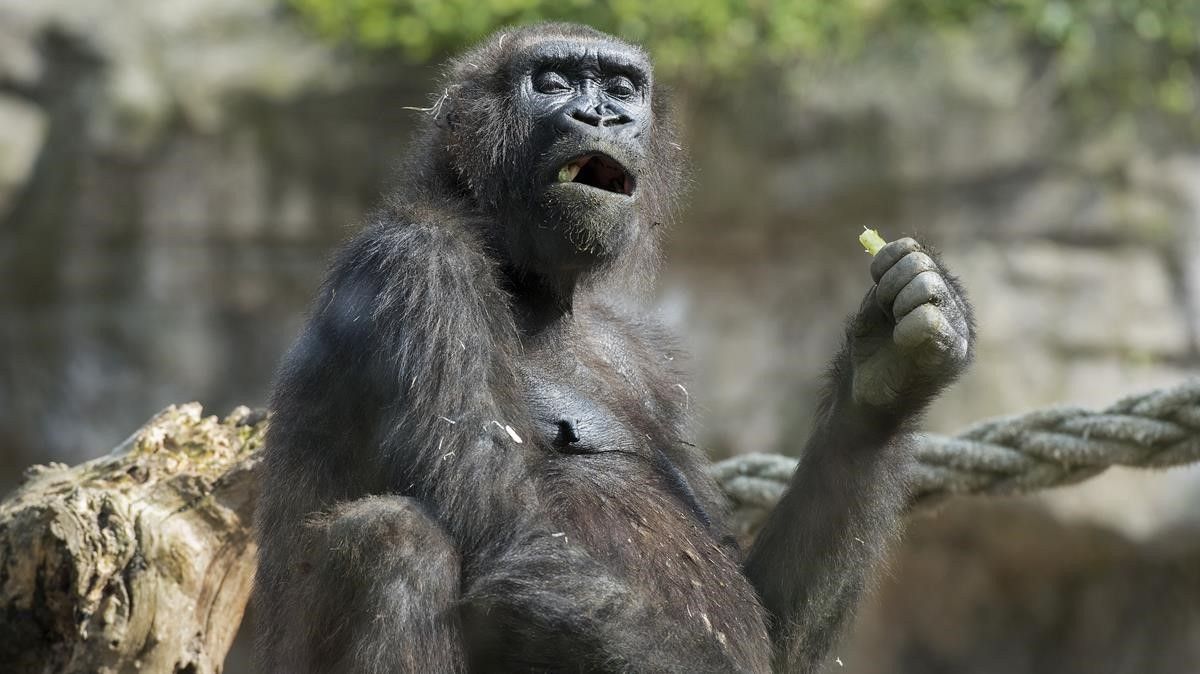Human beings (or rather, ‘sapiens’) We are just one of the more than 6,000 species of mammals that inhabit the planet.. But, beyond the obvious, what differentiates humans from these thousands of other species of animals? Is there something that really makes us special or, on the contrary, harms us (evolutionarily speaking)? He most complete map to date of the mammalian genomebaptized with the name of ‘Zoonomia’, provide some clues to address this debate. And yes, some of his conclusions throw us off a bit from where we thought we were on the evolutionary tree.
The study is published this Thursday in the scientific journal ‘Science’ and includes the most extensive and detailed analysis to date of the genes of 240 species of mammals which, taken together, represents more than 80% of known families. This supposes four times more than in the most detailed studies carried out up to now so, based on this data alone, the project itself marks a turning point. As explained by the team of scientists that has led this work, which includes Spanish researchers, the analysis of all this data has made it possible to identify which areas of the genome we share with other species, characteristics that have given sapiens an evolutionary advantage and characteristics, on the contrary, can be a handicap for us.
10% genes in common
The analysis of this gigantic gene map has revealed, for example, that tAll mammals share at least 10% of our genome. That is humans, dogs, mice, chimpanzees and bats we have at least a tenth of our genetic code in common. Without exception. This similarity, according to the experts, can be observed in more than 4,500 elements that are conserved in the genome of 98% of the species studied. These regions of DNA that we share with other species are focused on regulating genetic information.
To understand the significance of this finding, the researcher Arcadi Navarroone of the experts who has received in this study, explains the following: «If a region is conserved, it is because it has some utility. and if they disappear it is because either they did not add any evolutionary advantage or if the environment has changed». In the case of mammals, the areas that have been best conserved are those that are involved in embryonic development and the rna regulation. The most variable, on the other hand, are those that regulate the immune response, as well as the development of the skin, smell and taste.
Humans, dogs, mice and bats share at least a tenth of our genome
The research, which has taken advantage of more than 50 scientific centers around the world such as the Institute for Evolutionary Biology (IBE-CSIC-UPF), has also managed to identify «exceptional features» in the genome of some mammals like, for example, parts of DNA that give animals extraordinarily large brains, a superior sense of smell, or the ability to hibernate.» All of this data helps us acIt includes both the evolution of species as aspects as fundamental as the origin of human diseases», points out the study published this Thursday in several articles in the magazine ‘Science’.
What makes us unique
Related news
In general terms, as other studies have also pointed out, more than 90% of the genes that humans have can also be found in some species. What makes us «unique», then, is something that is written in less than 10% of our DNA. It is known that, among these, the genes related to the size and complexity of the brain or some of the iinvolved in language ability. Some «single genes» have also been observed, such as those related to immunity, stress response or other biological processes.
In all this genetic package that only belongs to our species there are also some that, against all odds, harm us. This is the case, for example, of those who expose us to diseases as common as cancer or as rare as genetic pathologies considered rare. Research published this Thursday, for example, identifies a series of changes found only in humans and that probably could play a key role in the development of certain brain tumors. «This information helps us understand what genetic changes are behind some diseases and what strategies we can take to find a cure,» explain the experts who have led this work.

